There are many skills you need to learn to be a skilled volleyball player. Often, the best place to start is by learning how to use the basic skills in volleyball first and then practicing those skills until they become second nature. The underhand serve is a great place to start.
The good news is that this is a relatively easy move which you should be able to learn within a few sessions. With this in mind, let’s look at some of the tips you can use to master the underhand serve.
When the Underhand Serve is Used
Let’s start by looking at the reasons why you might want to learn this technique. It is a basic skill, which is designed to be relatively easy to master. Because of this, it’s used widely amongst those who are learning volleyball.
Another advantage is that it will require less power to put the ball over the net and will be a lot easier for you to return. But it comes with a few downsides. The biggest is that you may not have as much control over the ball, limiting accuracy. With this in mind, let’s turn our attention toward how you can perform this move.
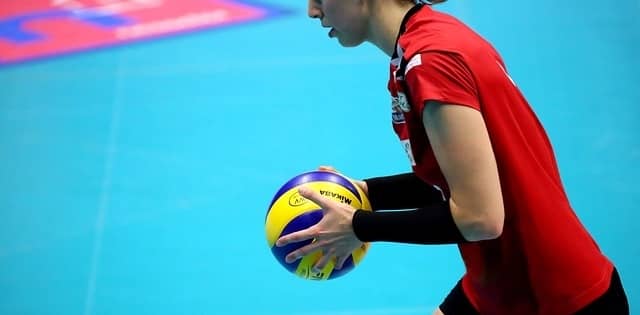
1. Getting the Right Stance
One of the most important parts of any volleyball move is the ability to get yourself into the correct stance. Here are some of the things you need to do to perform the underhand serve properly:
- If you are right-handed: Place your left foot forward and your right foot back. Make sure that this stance feels comfortable for you. When you are starting the serve, you want to place your weight onto the back foot.
If you are left-handed, you want to have your right foot forward and have the left foot back. - Keep the ball at your mid-thigh, with your arms straight. You will need to be holding the ball in your non-dominant hand. It shouldn’t be too tight that it makes hitting the ball difficult. But you don’t want something so loose that there is a risk that the ball falls out of your hands. Your other hand should be squeezed into a fist. You will be using this to hit the ball.
- Hit the ball. Finally, draw back your dominant hand and hit the ball. You should make contact with the bottom part of your hand, where the hand meets the wrist (not your balled up fingers). This will give you more control. The other hand isn’t going to move.
After the hit, continue to follow through with your dominant hand, until it reaches the height of your head. As you are swinging your hand, you want to be moving the weight from the back foot to the front one. - Remember, you’re not taking a huge step. You’re really just shifting your weight from your back foot and taking a little step with your front foot.
At first, getting this stance might be difficult. But, after a few tries, you should pick it up. The hardest part is hitting the ball in the right place. You should be aiming for the bottom of the ball. If you are having trouble getting the right stance, talk to your coach. They will be able to give you a few pointers.
2. Aiming the Ball
As we mentioned, serving underhand won’t give you the same accuracy you can expect by serving overhand. But that doesn’t mean that you have no control over where on the court your ball is going to land. Here are some easy tips you can use to make sure that you are aiming the volleyball in the right place:
- Look at the target area on the court. Once you know where you want the ball to land, it’s time to turn your head to look at the target area. Angle your body slightly, so you are facing this area.
- Turn your feet. It isn’t enough to just turn your head. You also need to be angling your feet, so they are pointing to the target area.
At first, it will be difficult to get the ball to land where you want it to. The good news is that the accuracy of your shots will improve the more time you spend practicing. We’ll discuss some of the drills you should be doing later.
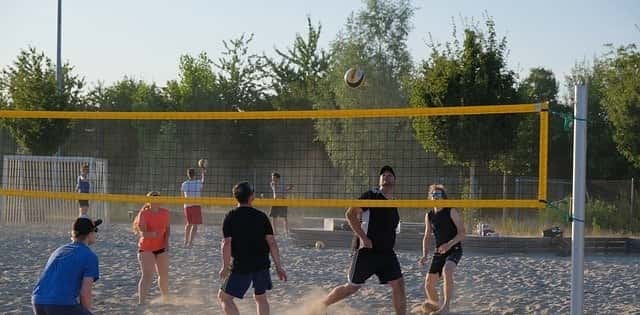
3. Getting the Right Amount of Force on the Ball
There are two components to a good serve. The first is making sure that it is traveling in the right direction, which we’ve discussed. The second is determining the amount of force that you want to put onto the ball.
This can be a difficult balancing act. If you apply too much, there is a risk that you will send the ball flying off the court. However, if you don’t use enough, there is a risk that you won’t clear the net. Here are some of the things you need to consider when deciding how much force you want to put onto the ball:
- The angle you are hitting the ball at. This is determined by the part of the ball you are hitting. This determines the flight path the ball will take.
- How hard you hit the ball. This will determine how fast it moves and how much distance you achieve.
The right way to hit the ball will depend on the type of shot you want to do. Generally, though, it’s best to hit it at an angle. This ensures that it will fly low over the net. This will be harder for the opposite team to control, compared to a high-flying ball.
In a competition, you will often be able to consult with your coach. They will give guidance on the type of service that you should be using.
4. Use Drills to Practice the Underhand Serve
In any skill, it’s important to make sure that you are doing the right training. This will allow you to get the ball in the right place each time. At first, you will just need to get used to performing the underhand serve. Give yourself some time to get used to having the right stance. You should be able to hit the ball in the right place consistently.
Once you can do this, it’s time to move on to some drills that are designed to improve your accuracy. These include:
- Serving to a partner. One of the most common serving drills is to have a partner stand on the other side of the court. They will be instructed to stand in one place, as though their feet are glued to the floor. You will then need to serve to them. Remember they can’t move to catch the ball so you need to be accurate.
- Hitting the mark. There is a variation of this drill that you can do at home. You can lay a small piece of fabric in the yard. Your goal is to serve the ball so it lands in this area.

5. Finding the Right Part of the Court to Target
Finally, when you are serving in a game, it’s important to be strategic. You will need to think about which part of the court you are going to target. This will often be determined by your opponent’s actions. For example, you might notice that they are weaker on one part of the court. Sometimes, you might find that there is a large gap in their defences.
This is why you do so many drills in training, so you can exploit these vulnerabilities to win the point. If you are having difficulty seeing these areas, you can always ask your teammates and coach for some advice.
Final Thoughts
Serving underhand is one of the most common serves for beginner volleyball player to start. The good news is that this procedure is fairly easy. All it takes is a little practice to make sure you are hitting the ball in the right place. With a bit of training, you should be able to master the underhand serve, landing it in the right part of the court each time.
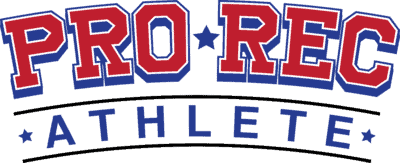
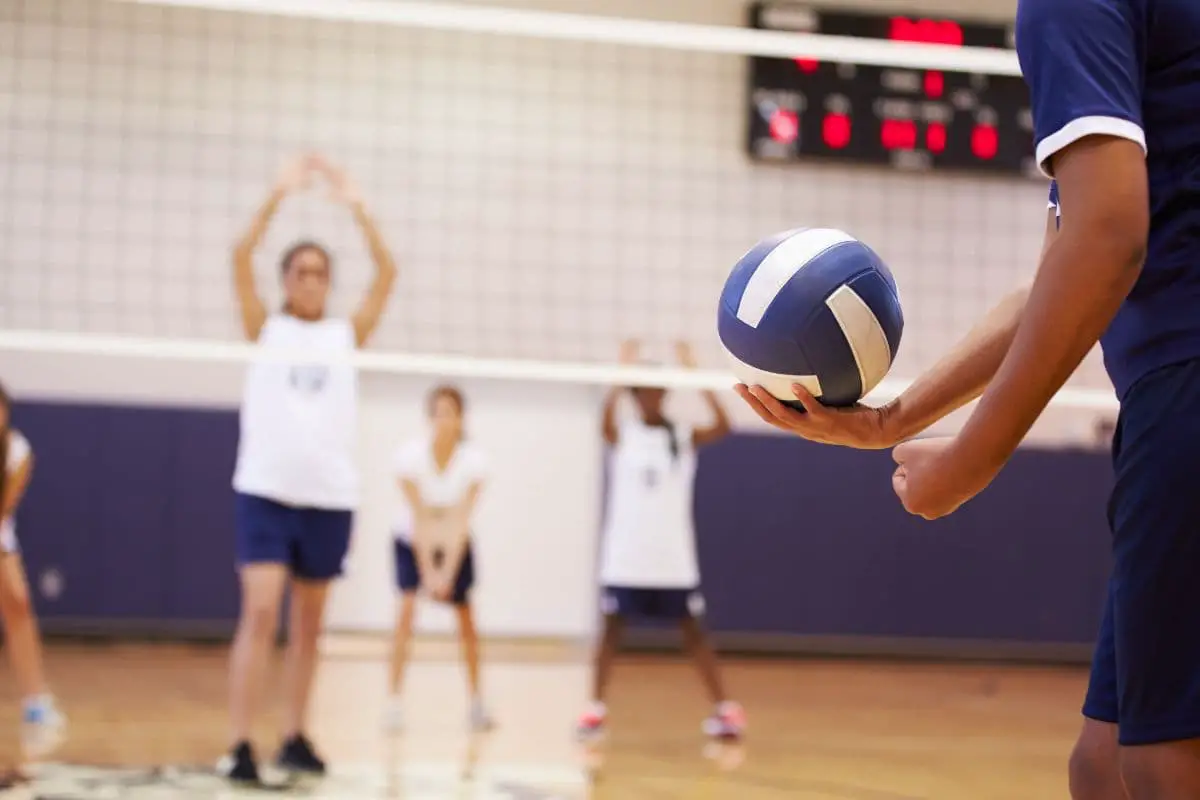
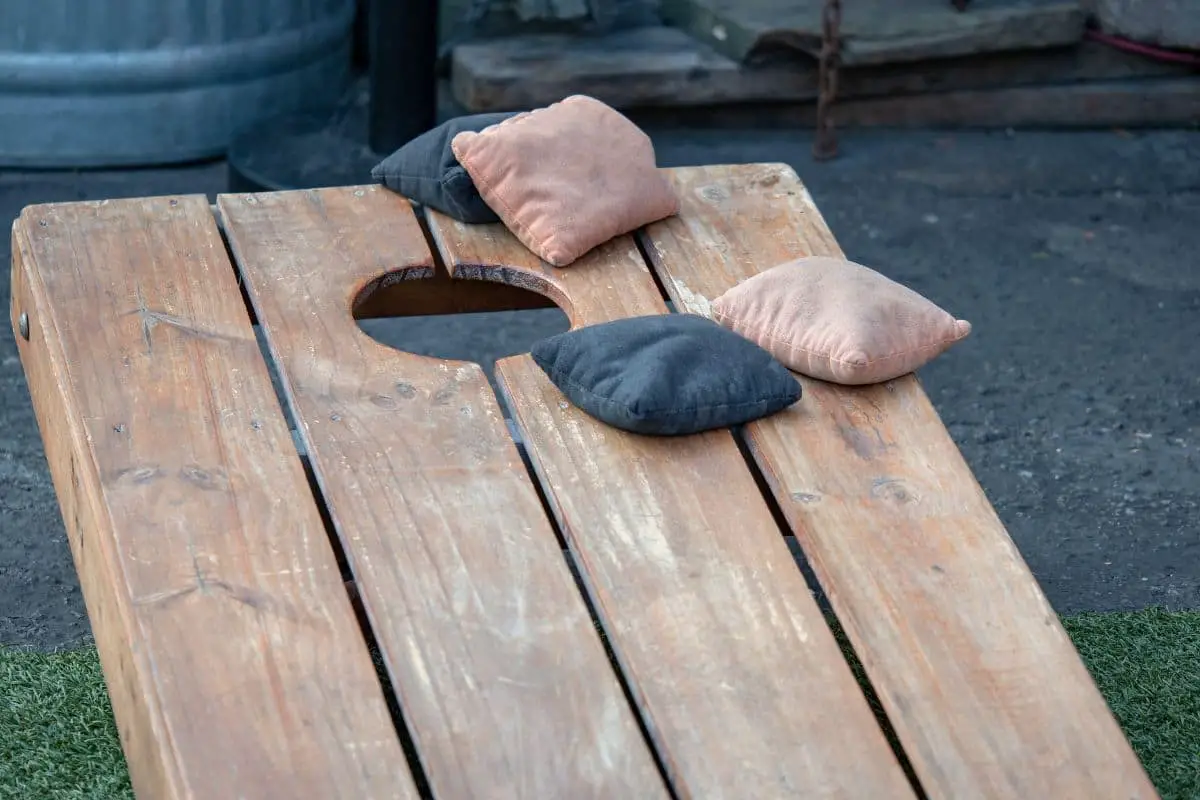
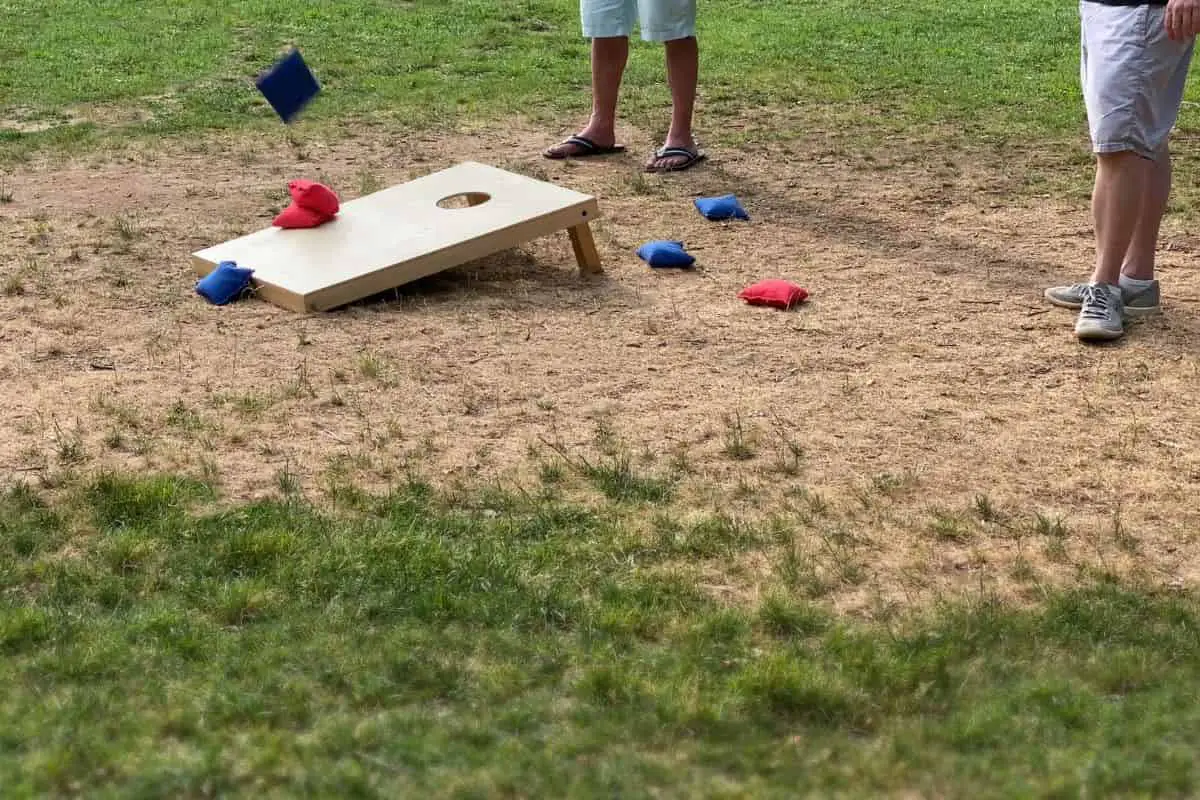
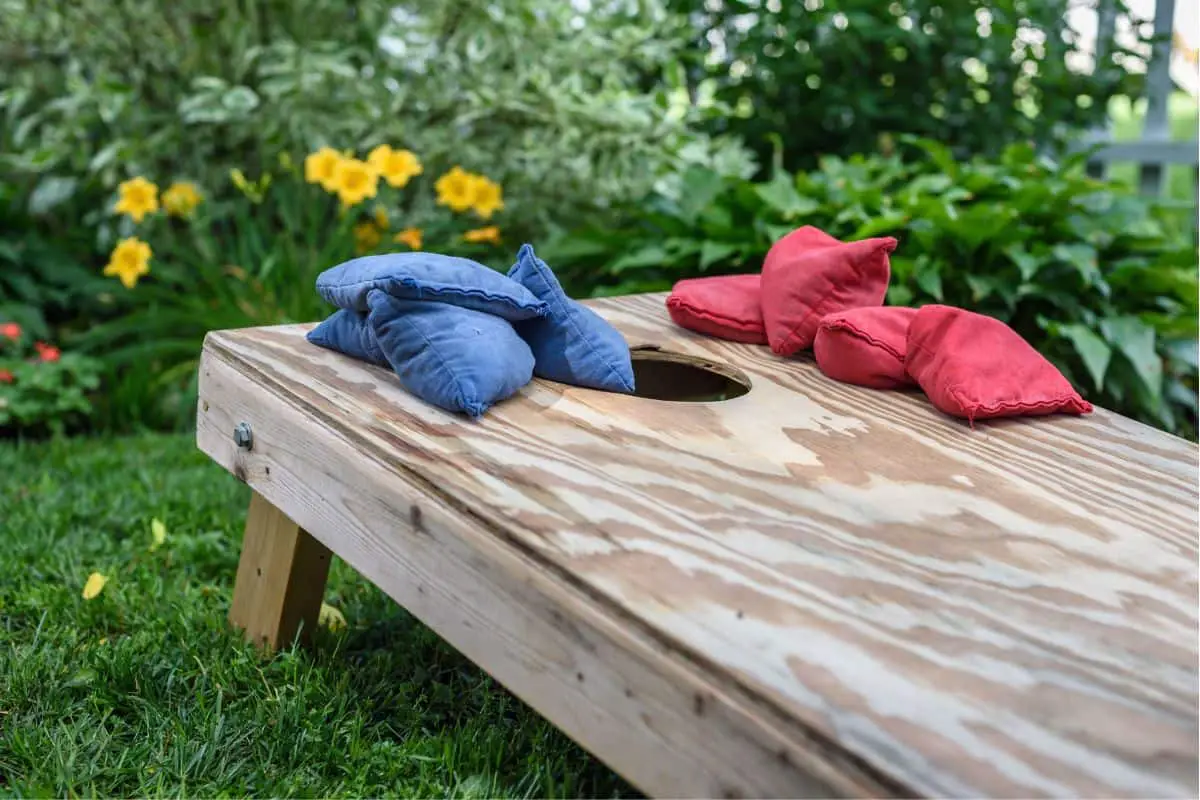
Leave a Reply
You must be logged in to post a comment.